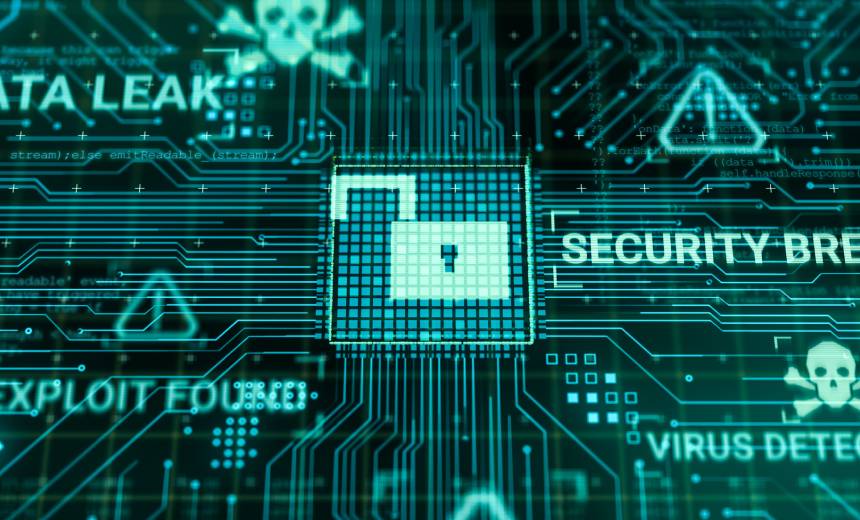Explore essential topics in cybersecurity including Business Email Compromise (BEC), Fraud Management & Cybercrime, and Malware as-a-Service.

Cybersecurity leaders face a pressing challenge: over 68% of security breaches are linked to human behavior, yet discussions in the boardroom often center on technical safeguards. As regulatory scrutiny increases and cyber threats become more sophisticated, boards are seeking strategic insights. This raises the critical question: Are you effectively translating your organization’s greatest risk factor into terms that the board can appreciate?
In an upcoming webinar, James McQuiggan, Security Advocate at KnowBe4, will share actionable strategies for communicating cyber risk in a way that resonates with board members. The focus will be on articulating the business impact, risk tolerance, and organizational resilience pivotal to attracting board attention.
Participants will gain insights on how to communicate in the language of the board, utilizing established frameworks and lessons from real-world experiences. Moreover, the discussion will unpack ways to strategically position human risks that truly matter to C-suite executives, reframing the dialogue from merely “security awareness” to a comprehensive “human risk management” perspective. This shift aims to elevate cybersecurity from a compliance checklist to a strategic priority.
Attendees will also learn how to achieve executive buy-in on human-centric risk strategies, increasing alignment on the approaches necessary to address the most persistent vulnerabilities—namely, human behavior. As an added benefit, CPE credits will be awarded for participation, ensuring that professionals not only enhance their understanding but also comply with continuing education requirements.
This webinar offers a crucial toolkit for business owners looking to secure alignment on critical strategies that address evolving cybersecurity threats. Through this collaborative dialogue, organizations can better navigate the complexities of cybersecurity and foster a more security-conscious culture at all levels.
